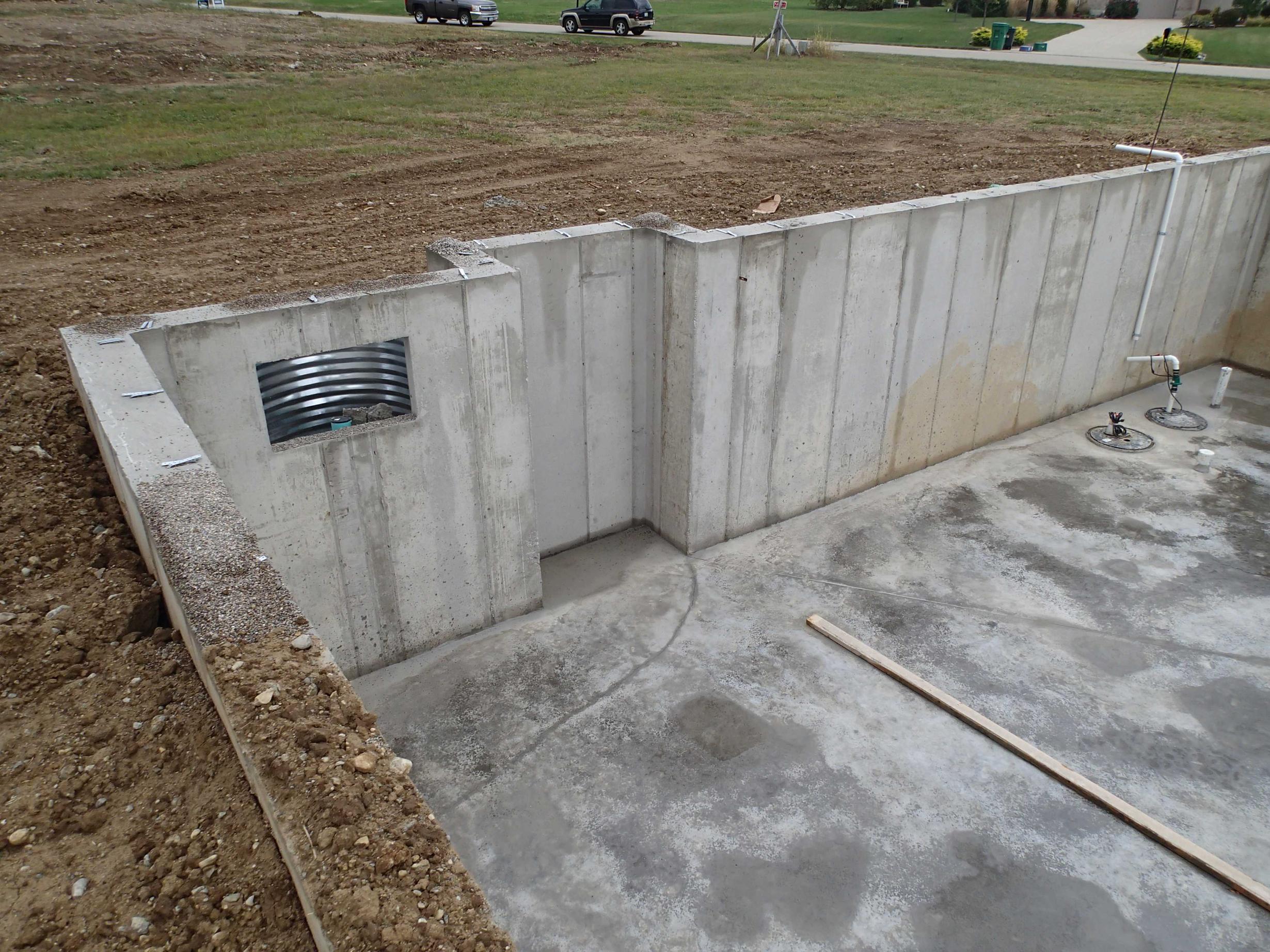Different sites will have different ground conditions and you need to be aware of this. There are some common adverse ground conditions that you might face and need to know about. It is also important to note that more than one of these conditions may be present at a site.
High Water Tables
This condition will have a serious effect on construction because trenches will fill with water regardless of the speed you dig. This will also make them unstable and impossible to work in. This condition could result in a ring or piled beam foundation being needed. However, most of the time you can use a trench fill foundation where the trenches are filled within 200mm of the top as soon as they have been dug.
Rocky Ground
This ground condition will cause problems when you are digging foundations. If there is stable rock, you might need to cut out slots before concreting and this is something that does require special machinery. Other problems will be caused by loose shale such as trench sides not holding or ingress of water. The solution to this issue will generally be a trench fill foundation.
Chalk
This is possibly the best foundation as long as it is consistent. Chalk will have good drainage as well as good bearing. The problem that comes with this is the fact that it is often associated with clay and it is possible for a chalk seem to underlie clay. This results in the chalk seam diving almost vertically out of reach for any reasonable foundation.
The result of this combination of foundations is that your property will be partially on chalk and partially on clay. The only solution to this problem will be to have a foundation designed specifically for the site.
Sandy Soils
The primary problem with this ground condition is that fact that trench sides are likely to collapse. There are certain types of sand which are known as running sand which is sand that has become waterlogged with the same consistency as treacle. When this sand is present, it is impossible to create a trench and a pile and ring beam foundation will be needed. It is also possible to use a concrete raft that is reinforced.
Peat
The peat you face could be extremely deep and could shrink on a seasonal basis when it starts to dry out. This will provide unsuitable and unstable bearing. The only solution, when faced with this condition, will be a raft foundation or a pile and ring beam foundation.
Clay
There are many areas where clay is mixed with gravel or sand and will not actually cause a problem. However, there are other areas where the clay has high plasticity and that can present a number of issues, particularly if there are trees in the area. Trees take a lot of moistures from the subsoil and clay will increase in volume when it is wet.
If the trees are removed or damaged, this will increase the moisture in the soil and the dry clay will take this. This will cause the clay to expand which causes a heave where the ground rises damaging any foundations built on it. The solution will be to have trench fill foundations that run deep, but there is a limit on how deep you can go. At some stage, you might need to change to a pile and ring beam foundation.
Filled Or Made Up Ground
An indicator of this could be pottery, broken bricks and tiles in the soil. When a site consists of important materials it will be known as a filled site. This can be very difficult to build on as there is no consistency to the bearing. The best solution will be to have a pile and ring beam foundation.
Coal
If you find coal, or any other type of combustible material in the soil where foundations are being laid, it is best to have this dug out. The potential problems will be much larger than the effort of doing this.
Geological Faults
There are some sites where the ground within the foundation depths will have good bearing. However, there could be faults beneath that level or in the deeper ground that could cause issues. This will including mining where the ground will be more likely to move or subside. The best solution will be to have a raft foundation that has been reinforced.
Radon Gas
There are a lot of areas where naturally occurring radon gas can seep to the top of the foundation. If this collects in the house foundation, it presents a higher risk of cancer. The foundation used in these situations will need to be gas-tight and use a membrane and be sealed to a DPC cavity.
